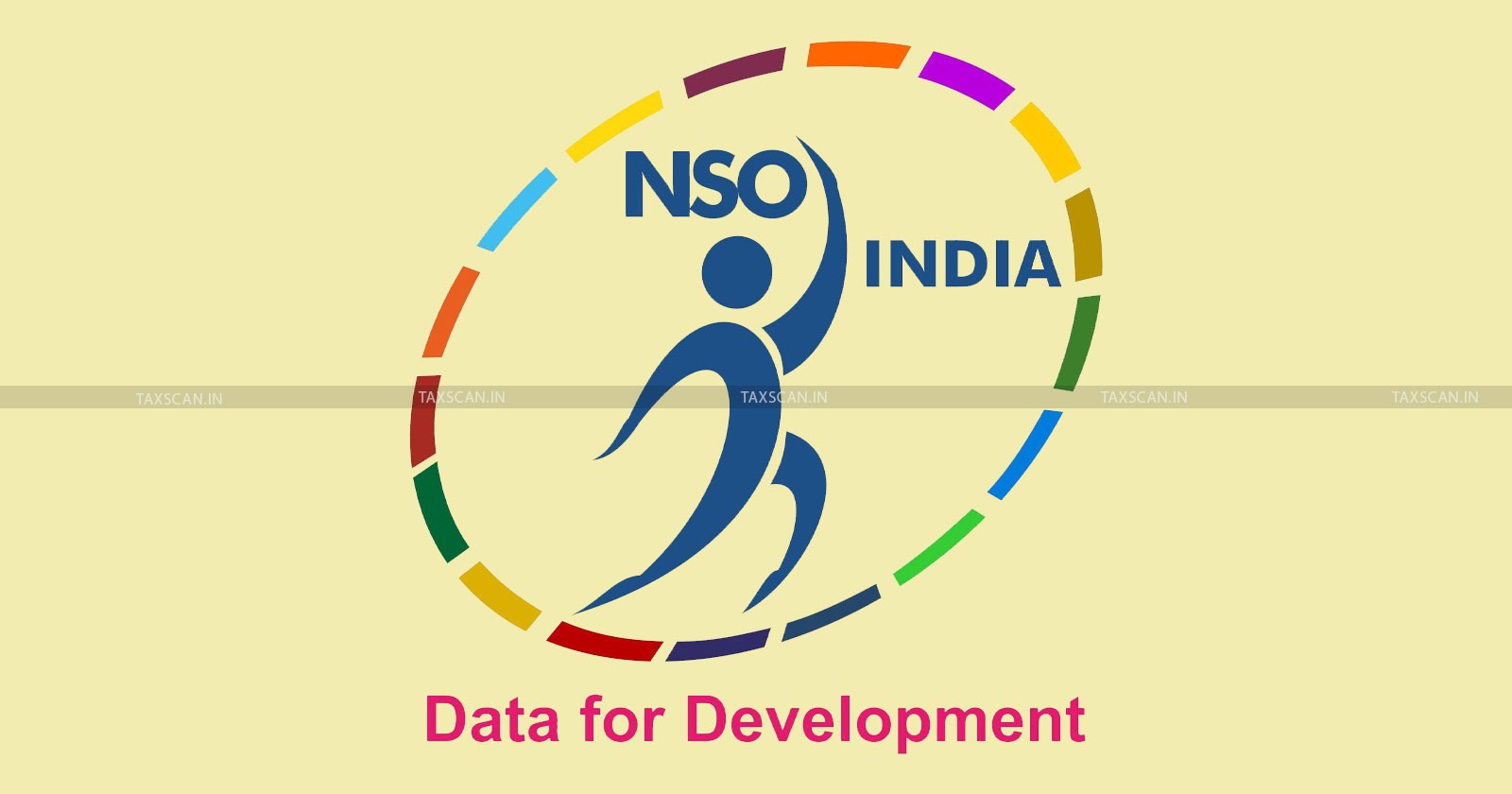NSO Survey: Monthly Per Capita Consumption Expenditure Rises by 9.2% in Rural and 8.3% in Urban India
The data spans across findings from two consecutive surveys spanning August 2022 - July 2023 and August 2023 - July 2024

NSO Survey – NSO – Monthly Per Capita Consumption Expenditure Rises – Urban India – Consumption Expenditure Rises – taxscan
NSO Survey – NSO – Monthly Per Capita Consumption Expenditure Rises – Urban India – Consumption Expenditure Rises – taxscan
The National Statistics Office (NSO), under the Ministry of Statistics & Programme Implementation (MoSPI), has released its latest survey on Household Consumption Expenditure, revealing an aggregate 9.2% increase in rural India and an 8.3% rise in urban India.
The survey report, containing info retrieved across the period between August 2022 - July 2023 and August 2023 - July 2024 places the all-India average Monthly Per Capita Consumption Expenditure (MPCE) at ₹4,122 in rural areas and ₹6,996 in urban areas, up from ₹3,773 and ₹6,459 previously.
Read More: Economic Survey 2024-2025: A Deep Dive into the Financial Progress Report
Several states have recorded substantial increases in MPCE, reflecting economic progress, rising income levels, and government interventions. Ladakh witnessed the highest rural MPCE increase at 24.2%, followed by Sikkim at 21.3%, indicating improved livelihoods, potentially due to development programs and infrastructure investments in these remote regions.
Worried About SME IPO Pitfalls? Gain Clarity with This Advanced Course! Register Now
In urban areas, Meghalaya saw the highest increase of 21.9%, followed by Ladakh at 21.2%, highlighting improved employment opportunities and increased consumer spending in these states.
Read More: Economic Survey Report 2024 – 2025 Shows Increase in GTR of Union and OTR of States
The NSO report contains two key tables that highlight different aspects of consumption expenditure trends.
The first table provides a direct comparison of MPCE across states and union territories for both rural and urban sectors, along with the percentage increase in MPCE from 2022-23 to 2023-24. This table helps analyze how much the average spending per person has grown in absolute terms across different regions.
The second table focuses on the urban-rural differences in MPCE, showcasing the gap in spending between urban and rural populations across states. The numbers reveal that despite increased spending in rural areas, urban MPCE remains significantly higher, often by 70% or more. Moreover, some states have seen an increase in the urban-rural divide.
Worried About SME IPO Pitfalls? Gain Clarity with This Advanced Course! Register Now
Government Schemes Driving Consumption Growth
Government welfare programs have boosted income and spending capacity, driving MPCE growth. Mahatma Gandhi National Rural Employment Guarantee Scheme (MGNREGS) ensures rural employment, while Pradhan Mantri Kisan Samman Nidhi (PM-KISAN) provides financial aid to small farmers. Ayushman Bharat reduces healthcare costs, freeing funds for essentials. In cities, Deendayal Antyodaya Yojana - National Urban Livelihoods Mission (DAY-NULM) aids poverty reduction and skill development, while Pradhan Mantri Mudra Yojana (PMMY) supports small businesses with credit access, fueling economic activity.
Read More: Govt. Extends Chief Economic Adviser Nageswaran’s Term by Two Years
While the increase in MPCE is a marker of improved living standards and stronger consumer demand, benefiting sectors like retail, FMCG, and services, they may well encourage inflation if supply fails to keep pace with demand.
While India continues to grow economically, a key requirement would be to conduct targeted investments in rural infrastructure, employment, and income generation to bridge the gaping gaps.
Support our journalism by subscribing to Taxscan premium. Follow us on Telegram for quick updates


